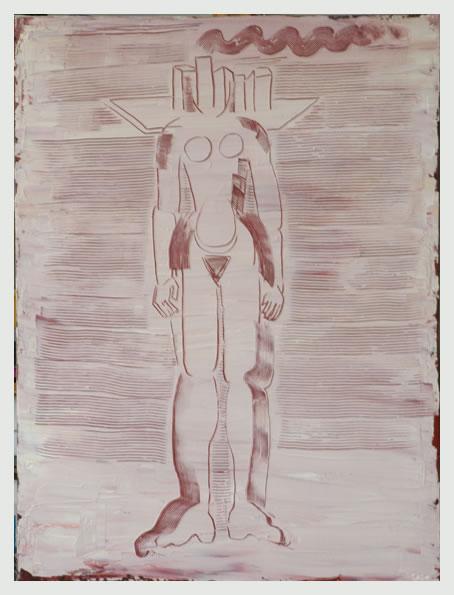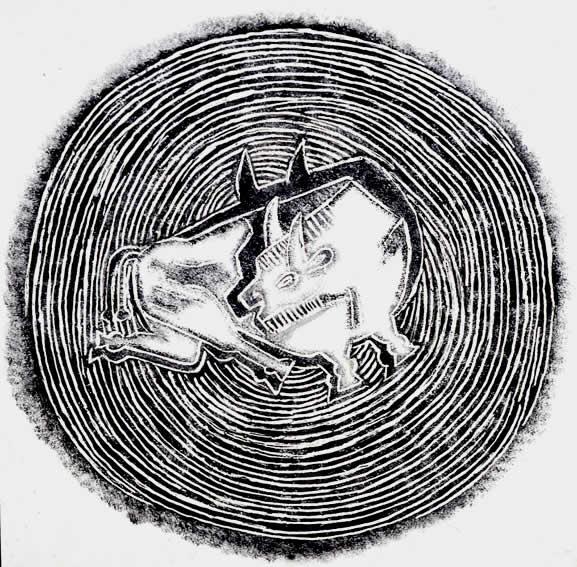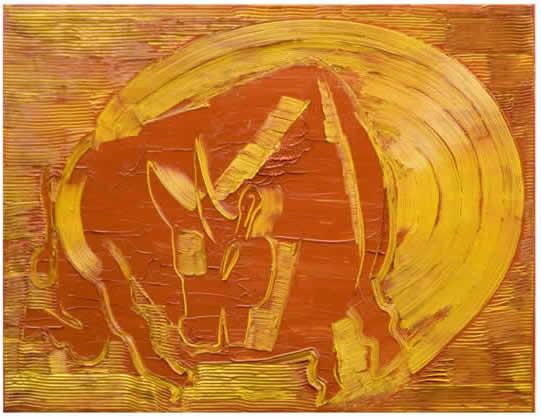María Helguera
Perder la cabeza
You would say that the power of María Helguera's painting stems, to a large extent, from a relative, and extremely dexterous, immediacy in execution, from a personal spontaneity and very intelligently sensitive and rich, which comes from a long experience of working with painting and that avoids, by accommodating, the exquisiteness and the delight in the accomplishment.
And although in many works of art there is a presentation of themselves as a result of the representation of something and, conversely, there is representation from the presentation of a work, in these paintings of
María Helguera both things, presentation - magnificent epiphany of a visual space - and representation - admirable reflection of a supposed reality - are confused. And that in painting, and art in general, is not very common.
This, let’s say, peculiarity leads us to - or allow - every spectator to transform María Helguera’s canvases or roles, to make them their own, to live them. Why and how does this happen? We'll see.
I am sure that, as is the case with the works of all artists, let us say, true, a painting by María Helguera is as many different paintings as the number of spectators who look at it, and even a single spectator sees it. the same picture in very different ways depending on the subjective and also objective circumstances, such as the place where the picture is looked at.
And all this contradicts the concept of distracted perception that Walter Benjamín speaks of and that becomes the more or less passive attitude that certain works of art compel today to certain art spectators. Distracted perception would be like looking at the work out of the corner of your eye, or glancing at the work, as if in passing, without going into too much detail.
Pieces of distracted perception do not require any special or exclusive observation, so that the eye no longer grazes on these works, but rather only cares for them carelessly, just as they apprehend and are apprehended by a billboard. Thus, the punch that Miró wanted for painting, for art, is reduced to a jump in sight, to a being noticed.
And the fact is that, quite the opposite of demanding distracted perception, María Helguera's canvases and papers reject the effectivity of the simple visual impact, they make us graze our eyes enthusiastically, they allow us to recreate ourselves, to return to create the look.
In other words, Helguera's art, unlike advertising and similar claims, not only subjugates us, not only demands to be warned, but also asks us for specific attention so that, as spectators, we transform the painting with the our perception, which will no longer be simply distracted, but above all attentive.
Then, the presentation of the painting ends up being a full manifestation of what just exists there, which has been created in that specific space, and which is a pictorial reality that, in the work of María Helguera, includes the representation of 'poignant, powerful archetypes that mesmerize and are stamped on the mind and sensitivity.
These archetypes result in themselves and at the same time, like totems, through themselves they refer to indefinite images of collective and therefore also individual memory. Yes, the archetypes of Helguera and their inseparable pictorial environment in which they emerge, invite us to graze with our eyes all over the worked rectangle, the painting. And the more we graze, the more the archetypes and their surroundings become ours, and the more we gain.
María Helguera’s paintings are not imposed on us, but rather we end up imposing ourselves on them. And so much is shown to us the subtle wisdom of the art of great painting, which, in return for our active contemplation, gives us a knowledge which only painting can offer us.
Carles Hac Mor





